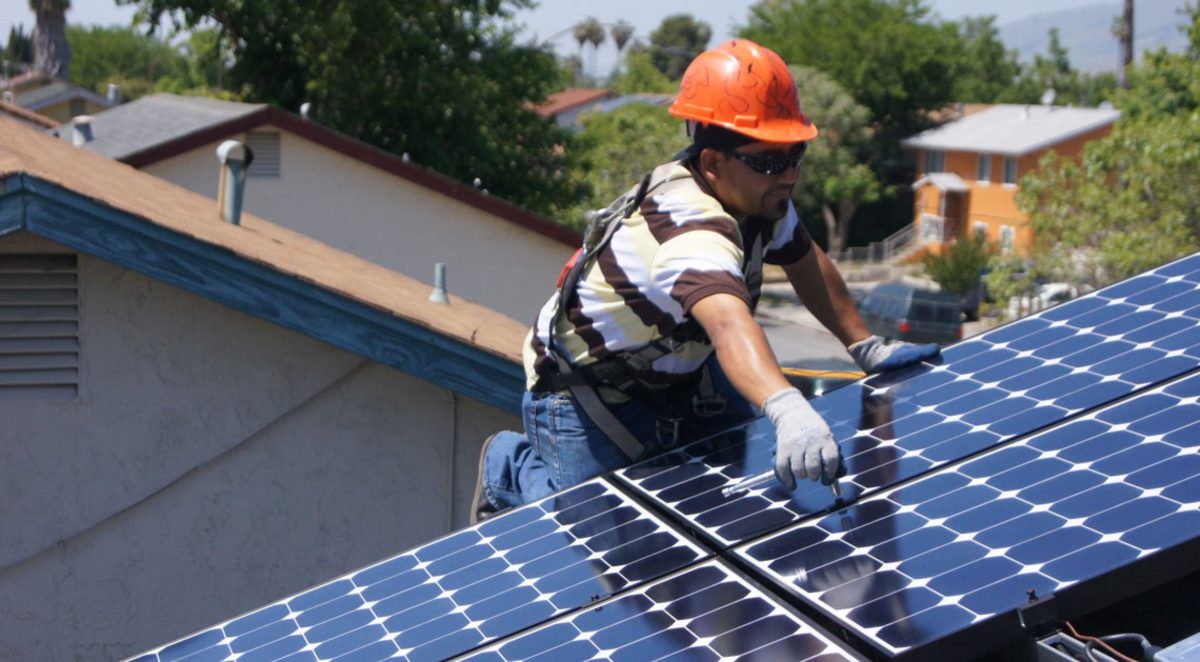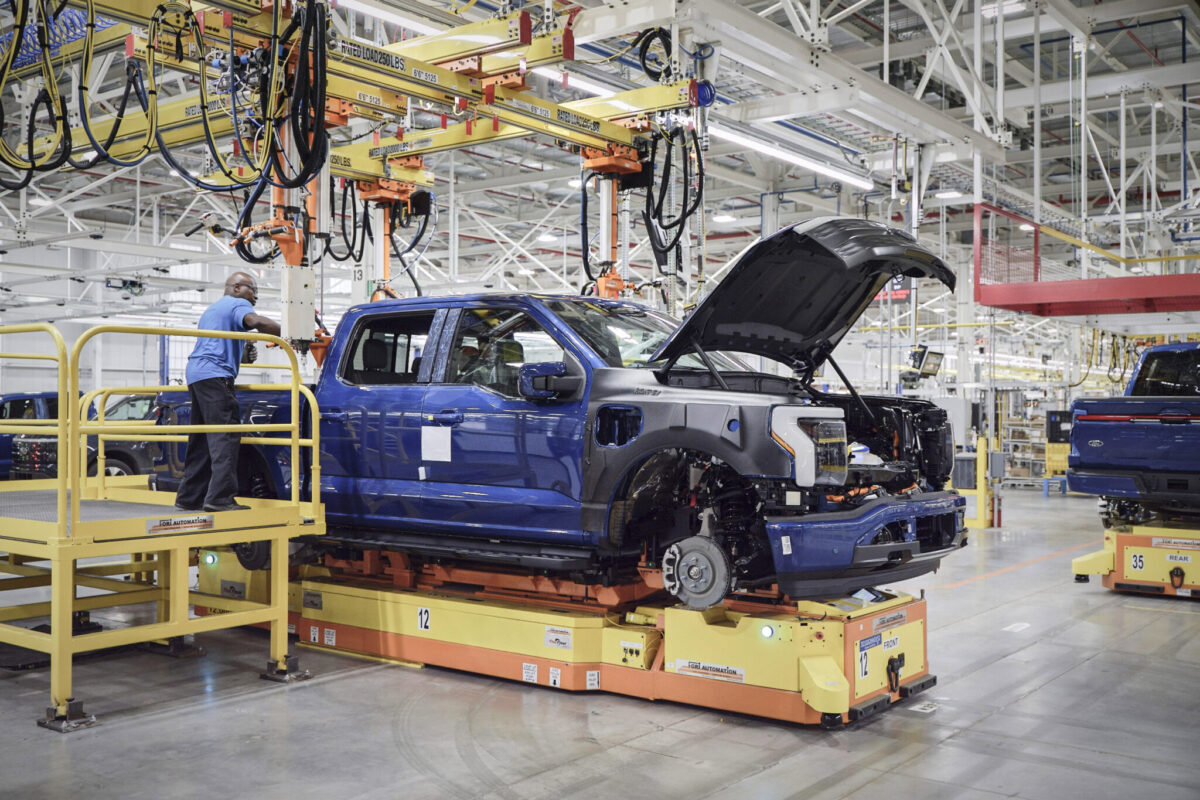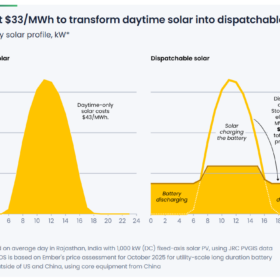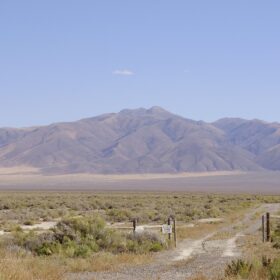Solar projects can generally be placed in two buckets: they are either large utility-scale ground mounted projects connected to the grid, or they are smaller, distributed projects, typically 20 MW in capacity or less.
In California, and in many other U.S. states, smaller, distributed projects, particularly ones located behind-the-meter, are under attack from utilities and state legislatures, often being scapegoated for high electricity rates. A 2024 paper by Mark Jacobson, professor of civil and environmental engineering, Stanford University, explains why we should be supporting behind-the-meter solar installations nationwide.
Distributed, small-scale solar projects are often classified as either behind-the-meter (BTM), or front-of-the-meter (FOM), depending on how they are connected to the grid.
FOM systems are connected to grid distribution lines, they serve buildings directly, minimizing the need for building additional transmission lines. Distribution lines are connected to transmission lines, so FOM solar can also feed its electricity to the transmission system. They are, therefore, subject to the same market and grid connection rules as are utility PV systems.
Behind-the-meter systems are typically smaller than FOM systems, and are often installed on buildings, over parking lots, hillsides, yards, and vacant lots that service buildings directly. Any excess electricity production from these systems can be sent back to the grid, and if the system does not meet 100% of demand, it can draw power from the grid.
“Grid operators generally oppose BTM distributed PV because its first impact is to reduces demand for grid electricity,” said Jacobson. “Utilities claim that the remaining customers must pay a higher cost for the remaining demand, mostly because the fixed cost of the transmission and distribution system is now spread over fewer customers.”
Jacobson offered ten reasons why BTM solar helps everyone:
1. The claim that BTM solar reduces electricity demand and therefore increases costs by spreading the fixed cost of transmission and distribution over fewer customers, known as the “cost shift,” ignores the reality of the energy transition. Buildings, transportation, and industry are all being electrified. Jacobson said electricity needs will nearly double.
“Even if 25 percent of the total electricity demand is met with BTM PV, overall grid electricity needs will still increase by 50 percent compared with today. Thus, the assumption by utilities that a large growth in BTM PV reduces demand holds true only for low levels of electrification, not for large-scale electrification, which is needed to address climate, pollution, and energy security problems,” said Jacobson.
2. BTM rooftop solar requires no new land, whereas utility-scale does. Therefore, BTM solar reduces land requirements and habitat damage.
3. BTM solar reduces the need for transmission and distribution lines. Grid customers need transmission and distribution lines for 100 percent of their electricity consumption, and utility PV requires transmission and distribution lines for 100 percent of its generation. BTM solar customers only need transmission lines that support the extra demand not met by their solar array.
4. When BTM solar co-located with a battery produces more than the building consumes, excess electricity is sent back to the grid. This is helpful in avoiding blackouts, particularly on hot summer days in regions where AC is used.
5. Transmission line sparks have led to devastating wildfires, such as in California and Hawaii. The cost of such fires and undergrounding transmission lines due to the fires have been passed down to customers in California. BTM solar reduces fire occurrences, said Jacobson.
6. The addition of BTM PV reduces the mining, processing, and burning of polluting fuels (fossil fuels and bioenergy) for electricity generation on the grid, thereby supporting a cleaner environment.
7. By reducing greenhouse-gas emissions from polluting fuels, BTM PV reduces climate damage to both distributed-PV and grid customers.
8. By reducing the use of fossil fuels, BTM PV reduces energy insecurity problems associated with fossil fuels.
9. Installing BTM PV creates more jobs than installing and running utility PV and other grid-scale electricity generation, and this benefits a state or country as a whole.
10. Because rooftop PV absorbs 20 to 26 percent of the sunlight that hits it, then converts the light to electricity, less light is absorbed by the building, cooling the building during the day, reducing daytime electricity demand for air conditioning. Such cooling is greatest during summer and during the day, when electricity prices are highest.
Jacobson offered a few more reasons why behind-the-meter solar is a benefit to ratepayers at large, which can be read here.
This content is protected by copyright and may not be reused. If you want to cooperate with us and would like to reuse some of our content, please contact: editors@pv-magazine.com.









This article brings forward one very important issue – future demand increases due to massive electrification.
Residential solar will help satisfy this demand due to the large percentage of residential solar that is exported (generally well above 50%).
So, what is now problematic (the duck curve) will likely soon be a benefit.
Isn’t that worth the price of admission?
Stop the need to gridtie your home solar system… We only pushed that is the 90’s and 2000’s to help drop the price of solar panels…. They are now available for $0.50 a watt!!! No need to export the solar power… Invest in battery bank for your blackouts and overnight needs!!! That is all I am doing and I have available 1:1 credit…. But why have them change my extra fees for connection that I already have…
Most discussions about clean energy focus on carbon, but they rarely mention the enormous water waste from thermal power generation. Even natural gas plants, which are considered cleaner, consume hundreds of gallons of water per megawatt-hour for cooling and discharge heated water back into rivers or the air. This constant evaporation and thermal pollution make the power sector one of the largest freshwater users in the country. Every year, U.S. power plants withdraw tens of trillions of gallons of water and consume billions of gallons that never return — a hidden cost that should be part of every energy conversation.
This is a great overview of how solar projects are categorized and the challenges facing small-scale, distributed installations. Behind-the-meter (BTM) solar systems are especially valuable because they generate power right where it’s needed, reduce strain on the grid, and empower consumers to take control of their energy usage. Yet, as you mentioned, utilities and some state policies sometimes make it harder for these smaller projects to thrive, even though they offer significant environmental and economic benefits.
When any business has a loss, it can write off the loss against profits. This includes both solar and fossil fuels. item 9 can be rephrased to: BTM is less efficient than other grid scale projects, requiring more labor than other forms of generation. Again, proponents state disadvantages as a win.
…. “we should be supporting behind-the-meter solar installations nationwide.” Translation: these projects are not economically feasible and require external funding, since they cannot pay their own way.
Someday solar might be able to stand on it’s own. Today is not that day.